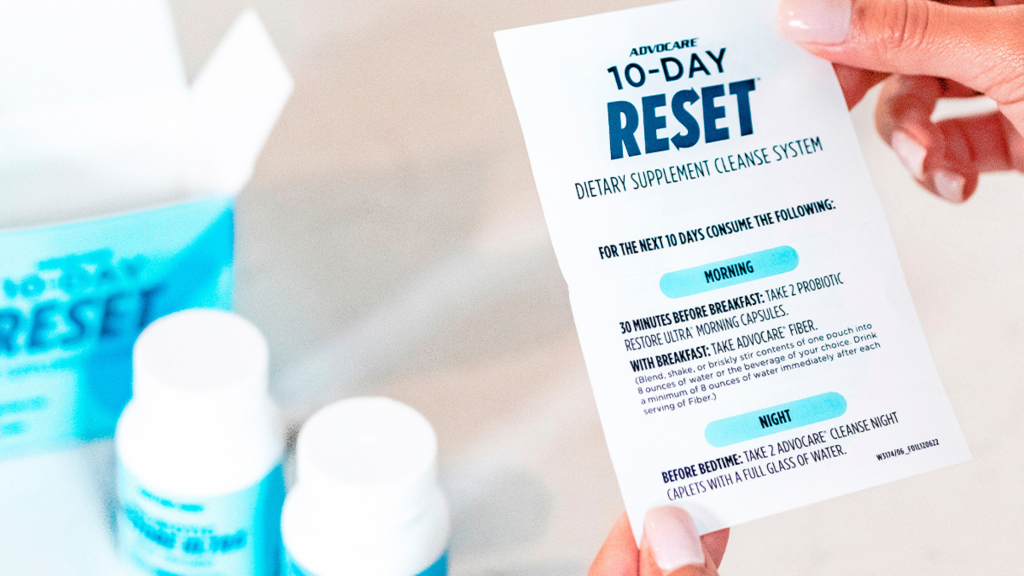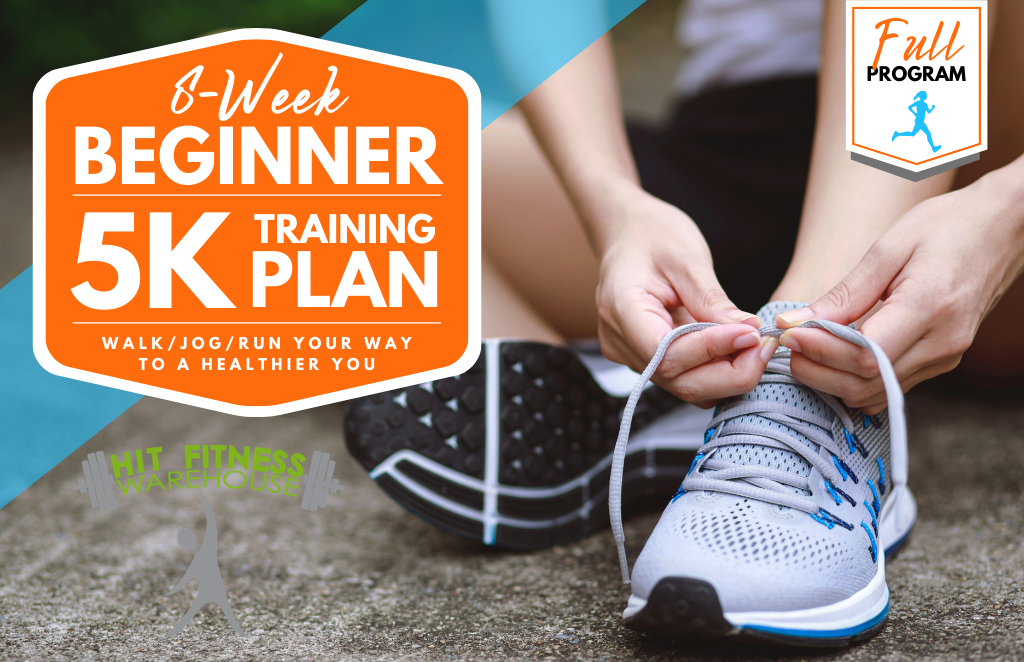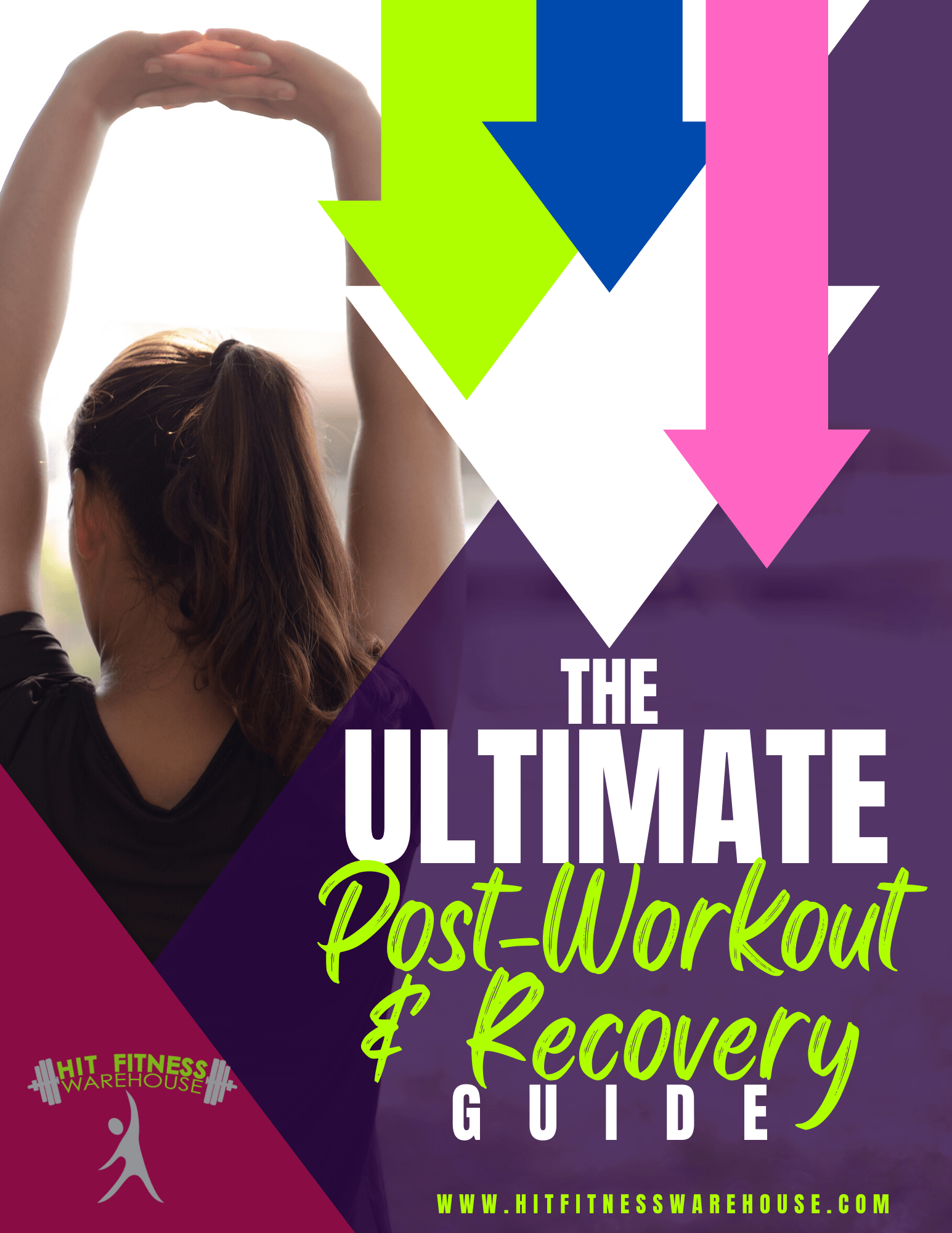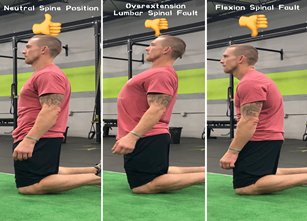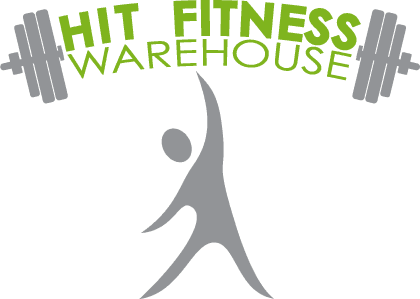FOUR STEPS TO PROPERLY BRACE YOUR SPINE FOR BETTER MOVEMENT QUALITY
A stable, well organized spine is the key to moving safely and effectively and maximizing power output in force production.
Three reasons for bracing your spine:
1. Learning how to brace your spine is a good position that can eliminate one of the greatest threats to the human: injury to your central nervous system. You can get knee replacements – you can get your hip replaced – but you cannot replace your central nervous system. This is the powerhouse of the human body. Prioritize midline stabilization and good movement mechanics.
2. A disorganize spine will lead to mechanical compromises. For example, I regularly run into athletes who have posterior chain issues… Specifically their hamstrings. The old-school thinking would have us fix the problem by stretching those stiff cables running down the back of the legs. While this may in fact improve hamstring flexibility, it doesn’t alleviate the back pain and fix the root of the problem. Fact is, that if we simply organize the athletes spine into a breast, stable position, range of motion improves by upwards of 50%. Prioritize midline stabilization and good movement mechanics.
3. Lastly, when you lose spinal positioning-head, rib cage, or pelvic fault-potentially shut down force production and lose the ability to stabilize your hips and shoulder. That’s right, your shoulder and knee pain could stem from your trunk instability. Prioritize midline stabilization and good movement mechanics.
So why do so many athletes regularly commit fundamental spinal sins that impede performance and invite injury? There are a few reasons.
-
They have a task-completion, get the job done mindset. A.k.a. getting it done as fast as possible.
-
They’ve ingrained poor positions and movement patterns into their training and day-to-day life. A.k.a. poor posture while sitting at the computer or leaning when standing.
-
They don’t have hey bracing strategy that transfers to the majority of the movements. A.k.a. they have no fucking idea what to do.
Consider an athlete cranking back his head just to reach his chin over a bar during a pull-up. After all, it is still possible to generate large amount of force from a bad position without immediate, or negative consequences. But overtime this catches up to you as most of us already know.
Another example that I’m sure we’ve all seen and done at some point ourselves, is with push-ups. We take the prioritization off of the midline stability and applied to cranking out as many reps as we possibly can and as quickly as we possibly can. This will only result in you peeling your body off of the ground which defeats the entire purpose of doing a proper push-up. The entire body is supposed to come up off the ground as a whole, stiff as a board, almost in a plank position with a neutral spine.
These are all conscious choices for all of us.
Patterns that are repeated in training or practice will always be revealed at game time. Rounding your back for a dead lift will ensure that you tackle with a flexed spine. Your dysfunctional, overextended spine, push-up position will transfer to overextension in your running. Bottom line, you may get away with poor form at first, but poor mechanics— with rounding your shoulders in a dead lift or slumping in your computer chair — but ultimately come down hard in the form of pain and injury.
What we need to be doing to prevent all of this from happening is to keep ourselves focusing and prioritizing midline stabilization and organizing the spinal column properly. But this is not the only time we should be focusing on midline stability, exercise is only the half of it. If you say that computer all day long with the rounded back, it shouldn’t come as a big shock to you that you can’t brace your spine in a good position and stabilize your shoulders during loaded athletic movements. It is simply lack of bracing their spine.
As many trainers will tell clients to work on developing more core strength and the importance of bracing, those same trainers may forget to ask a simple question… Do you know how to brace? Do you know how to fire your core properly?
B elow I included the bracing sequence as we coach at HIT FITNESS WAREHOUSE:
STEP 1:
Squeeze your butt as hard as you can.
STEP 2:
Pull your rib cage down.
STEP 3:
Get your belly tight, with the goal being to lock your pelvis and rib cage in place with your abdominals
STEP 4:
Set your head in a neutral position (looking straight ahead) and screw your shoulders into a stable position.
👉Lastly, you can apply the two-hand rule to every day life positions like standing, sitting, and lying down. It can also be used with basic bodyweight movements like squatting, walking, or running.
👇Below, the video included will take you through the two-hand rule that you can start applying to your every day life now.
CLICK LINK ➡️ THE TWO-HAND RULE FOR MIDLINE STABILITY
Stay tuned next week as we take what we learned here and applied to all of our movements in and out of the gym. Next week is ALL HANDS ON!!
Let us know what you think follow us on:
Instagram: http://instagram.com/hitfitnesswarehouse
Facebook: https://www.facebook.com/hitfitnesswarehouse
Twitter: https://twitter.com/hitfitness954



